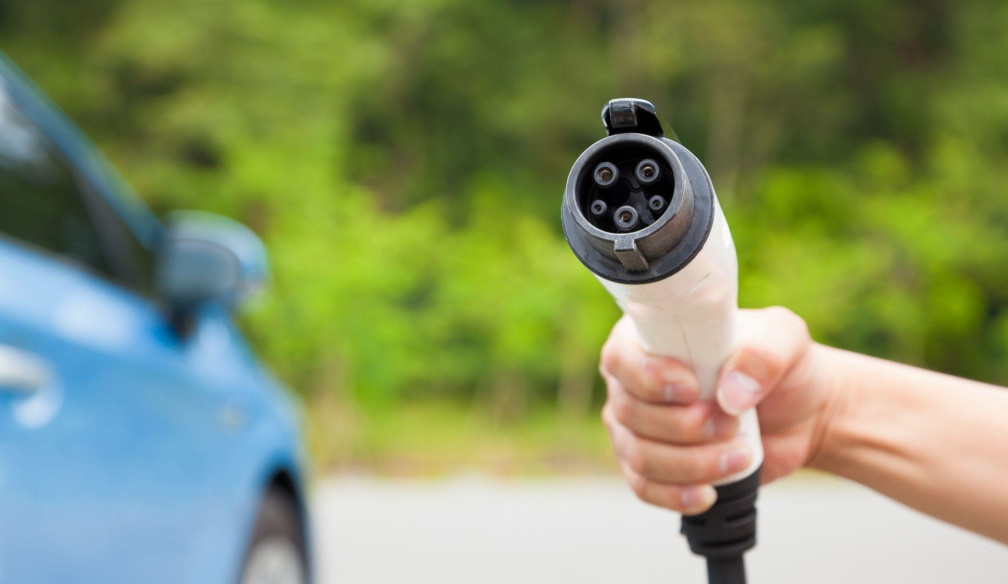EV Charging 101: How EV Chargers Work

The Australian government projects 1.7 million electric vehicles on the road by 2030. This means an increase in electricity uptake for fuel. It also means charging units, charging stations, and consumer education on this will be in considerable demand in the market.
Every electric vehicle owner’s concern and perhaps greatest anxiety after acquiring a new car is how to charge the car, where to charge it, and when to charge it. This is critical to avoid the inconvenience of stalling and getting stranded on the road.
This new way of driving and fuelling differs considerably from the gas-fuelled vehicles that enjoy the convenience of easy access to fuelling stations and road fuel assistance in case of an emergency.
The good news is that as more electric vehicles increase, so will the availability of charging stations and options for emergencies.
The Types of EV Chargers
Knowing how, where, and when to charge an electric vehicle (EV) takes planning, and the responsibility of every EV owner. There are three ways or levels of charging an EV car. Two modes are for home electric car charger installation Amersham, and one is for a commercial charging station.
Level 1 Charger- Portable EVSE
A level 1 EV charger is a portable electric vehicle supply equipment (EVSE) that can be easily plugged into a standard home outlet. This is similar to plugging heavy home electrical appliances such as a refrigerator. They come along as a kit with the car, with no need for special installation.
Level 2 Charger – Wall charger
The level 2 charger is an upgrade from level 1 and requires charging station installation at home. It can increase charging efficiency by as much as 5 times more than the level 1 charger. There are various types in the market with all kinds of perks. Many excellent level 2 chargers include features such as a quick read indicator that displays temperature, current-voltage, and other relevant car charging items including a power cord that is compatible with all EVs.
A level 2 charger may also come with power balancing features, waterproof function, lightning proof protection, an LCD screen for vehicle information, and a warranty.
Charging station installation
Installing the level 2 charger requires a panel that can handle the high voltage (240V) and a junction box at the outlet. If it is a portable EV charger, it does not take much time. For a hardwired charging station, a qualified electrician will help handle all the necessary logistics and safety check-ups. It is helpful to have a portable unit and a hardwired station for convenience and use in multiple areas or vehicles.
This charger can be installed inside or outside a building. The charger must have an outside rate, meaning the manufacturer specifically made it outside installation.
Level 3 Charger-DC Fast Chargers
Level 3 chargers are commonly known as the DC fast chargers and are used in commercial charging stations (CHAdeMO EV charging stations). They are much faster than the home charging stations since they can handle a much higher voltage, charging a car in as little as 20 minutes. The station requires specialised charging electrical equipment installation.
The downside to level 3 chargers is that they cannot charge all electric cars. This leaves the home charging station as the only option available to them. It is important for EV owners to have efficient charging equipment at their residence.
You can call a qualified electrician to help install your EV charging station and for assistance with your EV charger upgrades.



